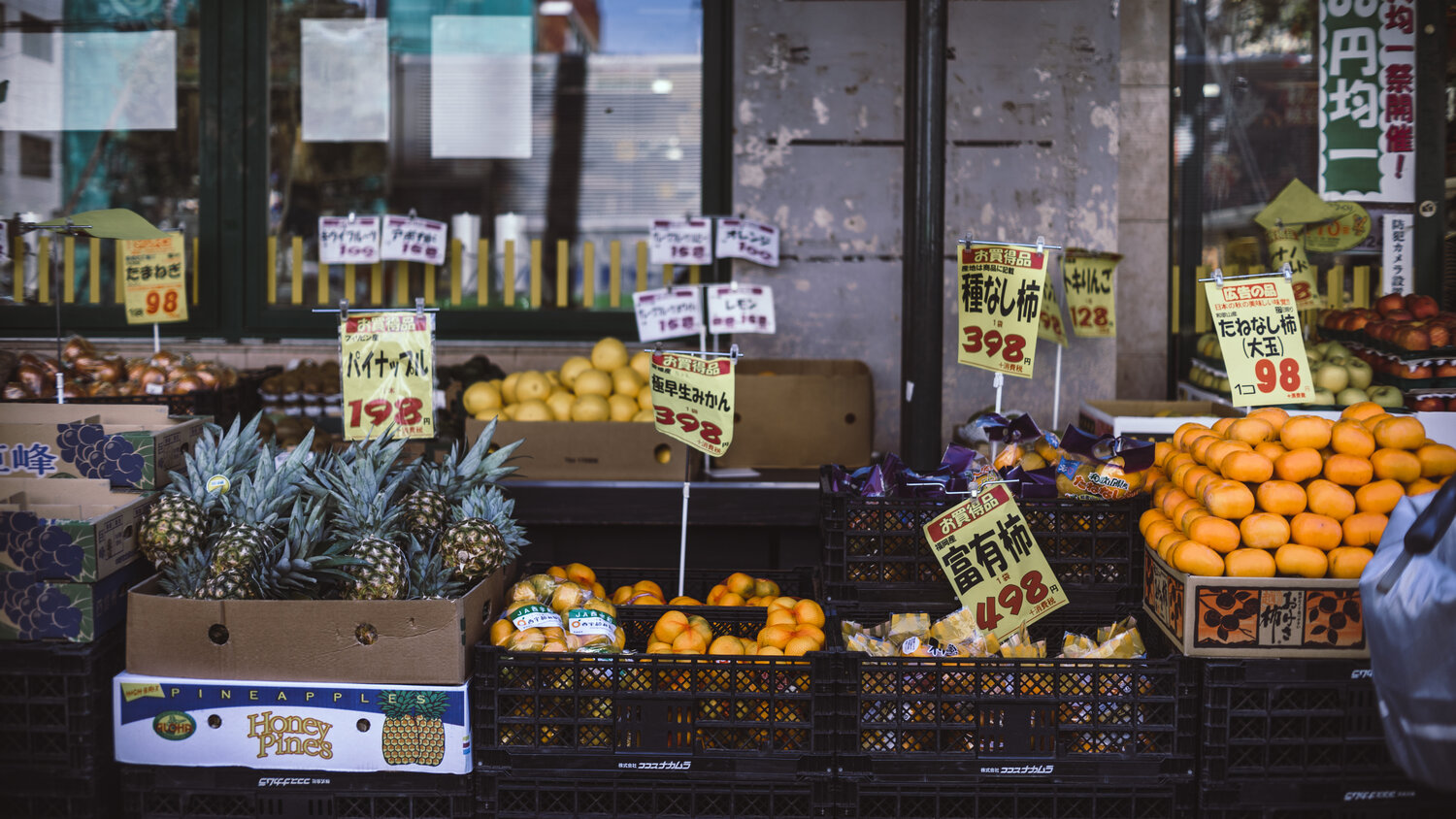
The recent wave of zero-waste stores — think Brooklyn’s Precycle and Austin’s (now-closed) In.gredients — may be well-designed, airy, and Instagram-worthy, but their novelty belies an important truth. While there’s no doubt that it’s time to reduce the quantity of plastic and other packaging waste that comes home with us from the grocery stores, shoppers don’t need to seek out stores made only of bins and jars to reduce their impact.
In fact, more and more mainstream grocery stores are turning to good old bulk bins — an age-old staple of the hippie co-op — to help shoppers cut their waste. And it’s about time.
According to the U.S. Environmental Protection Agency, containers and packaging make up 30 percent of what we dispose of annually. What doesn’t get recycled — and it’s a lot — ends up in ever-expanding landfills, air polluting incinerators, or accumulates en masse in the oceans. Pollution from single-use packaging has become a global crisis. And scientists predict that the amount of plastic will increase four times by 2050.
Although bulk groceries are emerging as a low-tech solution to our garbage crisis, a great deal of obstacles remain on the path to success. Laws surrounding food safety increasingly encourage single-use materials over reusable containers. And confusion among shoppers who have long been encouraged to grab-and-go makes shopping in bulk an intimidating affair. To truly reduce waste, advocates believe bulk must be more than just an aisle in the store — it must become a deliberate system that starts at home and continues seamlessly into the supermarket.
Today, reducing unnecessary packaging waste is no longer a fanciful environmental ambition. For the first time since the introduction of cheap plastics into the supply chain, it no longer makes economic sense to use a material once and throw it away.
“Long term, I’ve seen a pull away from doing a good job of sorting our materials and instead, moving towards single stream, where everything’s going into one bin. That’s destroyed the value of the materials, and our recycling markets have kind of fallen apart,” explains Kirstie Pecci, a senior fellow at the Conservation Law Foundation, who has been leading the Zero Waste Project since 2017. “Short term, I think people are paying attention to the waste system way more because the markets have collapsed abroad.”
In 2018, China implemented a new policy severely limiting U.S. imports of recyclable materials. Since then, the conversation about waste management has changed. According to the Institute of Scrap Recycling Industries, close to 30 percent of the market for U.S. recyclables dried up nearly overnight. Municipal recycling costs have skyrocketed. In Cambridge, Massachusetts, for example, there has been a 1,400 percent increase in cost, from $5 a few years ago to $70 per ton this year, says the city’s Recycling Director, Michael Orr.
Link to Full Article Here: